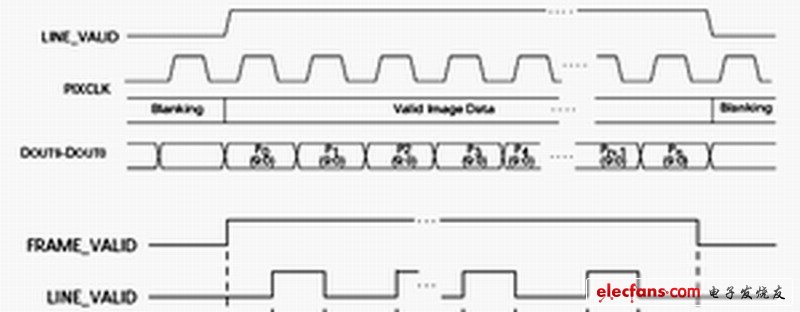introduction
Currently, in embedded systems, image acquisition can be achieved using analog cameras, CCD image sensors, or CMOS digital image sensors. CMOS digital image sensors are the most widely used due to their cost-effective and direct output of digital image data. The MT9V011 is one such CMOS digital image sensor. This article describes the application of the MT9V011 CMOS digital image sensor in a low-end ARM7 processor system.
In low-end embedded systems
Increase image acquisition system
Real-time image acquisition systems have been widely used in high-end embedded systems such as mobile phones, PDAs, and real-time monitoring systems. In this type of system, the processor has the following features: high processing speed can process a large amount of image data collected in real time; large memory can store several frames of complete image data; rich peripheral interfaces can be compared Easily expand large-capacity storage devices such as CF cards, SD memory cards, etc. to back up some image data. However, in some areas of measurement and control, images are also needed to enable managers to visually monitor the object under test. Since the measured changes are relatively slow, there is no need to collect images in real time, and an image can be returned to the monitoring center at intervals. In this type of system, the processor is mainly oriented to the control field. They are characterized by relatively small memory, slow processing speed, and few peripheral interfaces. Therefore, adding image acquisition function to such low-end embedded systems faces the problem of limited processor processing capacity and limited hardware resources.

Figure 1 CMOS camera chip MT9V011 working sequence
CMOS image sensor
MT9V011
Based on innovative CMOS active pixel technology, Micron's ultra-low power MT9V011 image sensor combines VGA resolution with many of the superior features not found in CCD. It can output high quality progressive scan images at frame rates up to 30fps. At the same time, its battery life is greatly extended compared to CCD products, making it an ideal choice for mobile phones, PDAs and PC USB cameras. The MT9V011 integrates multiple camera functions (including windowing, line mirroring, left and right and up and down image flipping, electronically rotating shutter (ERS), column mirroring) directly onto the chip, reducing the extra components that CCDs typically require, maximizing The product size and motherboard space are reduced. Variable functions such as programmable gain, frame rate and exposure control can be operated in the default mode or by the end user via a simple two-wire I2C interface.
The MT9V011 default output is a 640 & TImes; 480 pixel image. The working sequence of the MT9V011 chip is shown in Figure 1. Among them, LINE_VALID is the line valid signal, PIXCLK is the pixel clock signal, DOUT9~DOUT0 is the 10-bit image data, and FRAME_VALID is the frame valid signal. There are 640 PIXCLK clock cycles during the LINE_VALID valid period. There are 480 LINE_VALID valid signals during the FRAME_VALID valid period. By default, image data is sequentially output from the 1st column and 1st column on the rising edge of the PIXCLK signal. The image format of the MT9V011 output is the RGB Bayer type.
Metal Film Resistor,10K Ohm Metal Film Resistor,Metal Film Resistor 10K,Metal Film Fixed Resistor
JINGGANGSHAN MEICHENG ELECTRONIC TRADING CO.,LTD , https://www.meicheng-tra.com